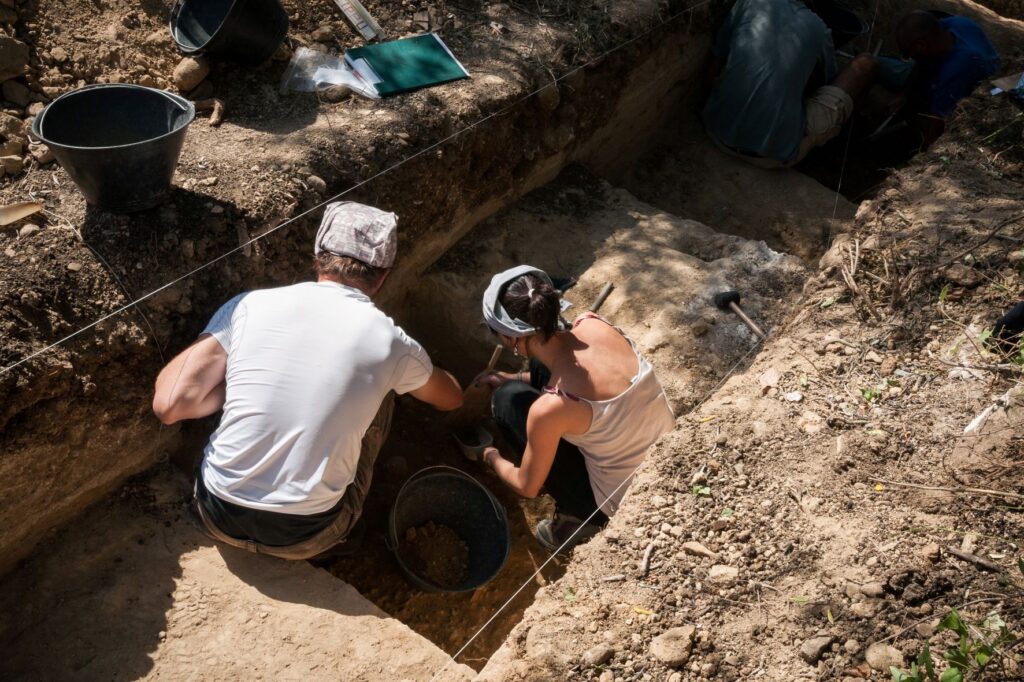
Would you be surprised to learn that sugar-free chewing gum can potentially improve your dental health? Many brands are sweetened with xylitol, an ingredient that can potentially inhibit the growth of bacteria that cause tooth decay. Plus, it stimulates saliva production to naturally rinse away leftover food and prevent acid damage to your enamel.
However, our culture isn’t the first to use gum to prevent oral issues. Our ancient ancestors might also have chewed an organic gummy material that can reveal a lot about the foods they ate. Continue reading to learn more about it!
What is Chewing Resin?
Ancient adolescents didn’t have access to sugar-free gum, but according to Stockholm University, it’s believed that they did chew resin that produced a glue-like substance after meals. An international research team discovered a few masticated lumps of birch bark pitch, some of which still had tooth marks and fingerprints from the individuals who used them. Archeologists performed a DNA study and made some fascinating discoveries.
Not only did these remains shed light on what people who lived at Huseby-Kiev in western Sweden ate about 9,700 to 10,000 years ago, but they also revealed surprising information about gender roles.
What Did Chewing Resin Reveal About Ancient People?
The DNA samples taken from the clumps of resin contain bacteria that are related to periodontitis, the advanced form of gum disease, as well as DNA from plants and animals that were eaten beforehand. Scientists used this information to piece together a sample menu based on their findings. They learned that teenage boys and girls chewed resin, and that their diet also included deer, trout, and hazelnuts, which makes sense for hunter-gatherers.
They also found tooth markings in the resin and stone implements nearby that suggest the “gum” was used as glue to assemble different tools or weapons. Because there was concrete evidence that both boys and girls participated, it could be suggested that tool-making was not a gender-specific job for ancient cultures.
Furthermore, the tooth marks in the “gum” can be from deciduous teeth, or baby teeth as we know them today. This implies that tool-making was also not reserved for adults, and that youth participated in the creation.
The chewing gum discovered at these ancient remains contains some of the oldest human DNA ever found in Scandinavia and reveals fascinating information about how these early people lived and what they ate before the dawn of cooked food and modern dentistry.
About the Practice
Patients at Sage Dental Care benefit from two dentists passionate about helping families improve their lives by enhancing their oral health. Dr. Josh Branco and Dr. Ah Young Kim share decades of combined experience and provide a comprehensive menu of services to people of all ages. They take the time to get to know your unique concerns, then use advanced technology to tailor treatment plans to address them. If you’re worried about the state of your smile, you can request a checkup and cleaning on the website or by calling one of their conveniently located offices near you.
